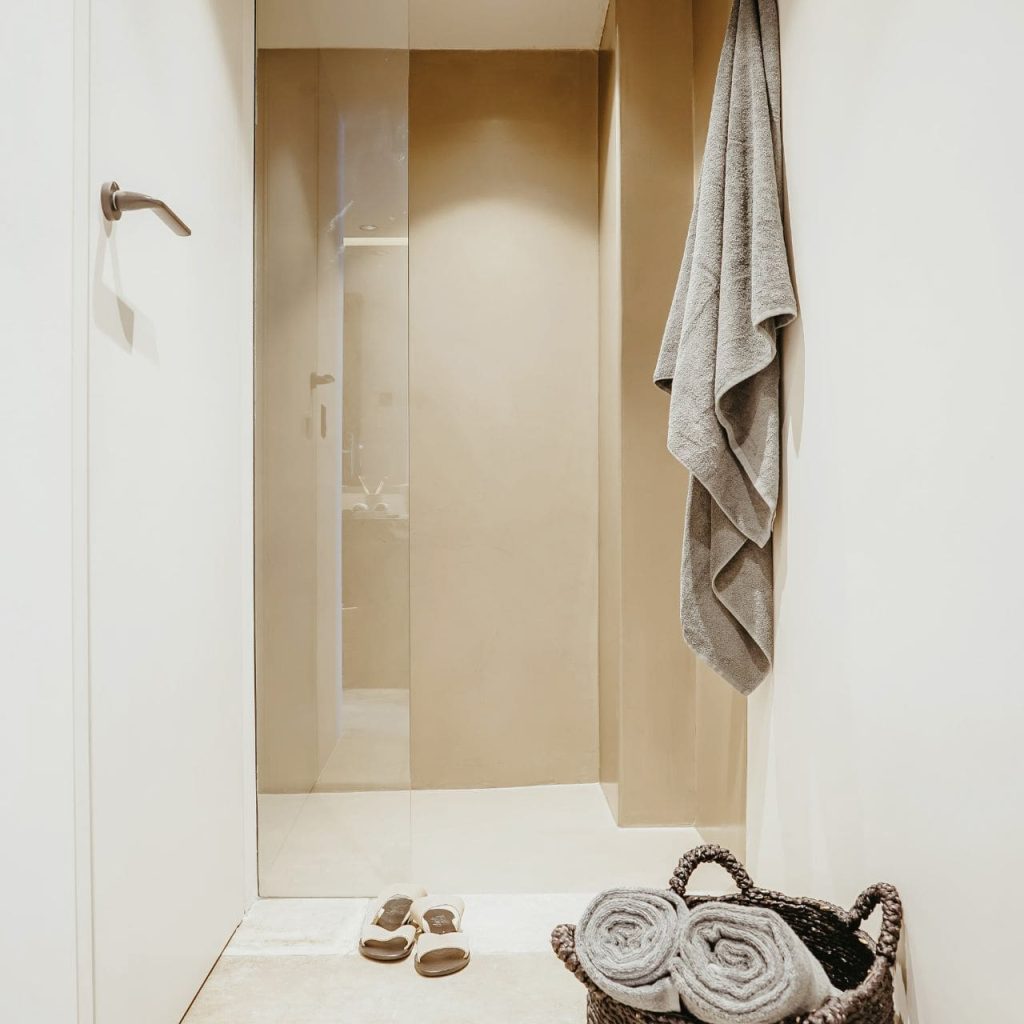
The Curious Case of the Melting Light Bulb: A Tale of Science and Safety
Introduction
When we think of household items that require our attention in terms of safety, light bulbs are not typically at the top of the list. However, the phenomenon of the melting light bulb has garnered attention in recent years, prompting individuals and manufacturers to take note. In this article, we will explore the science behind why light bulbs melt, the potential dangers they can pose, and what steps can be taken to prevent this from occurring.
What Causes Light Bulbs to Melt?
One of the main reasons why light bulbs melt is due to their composition. Most bulbs are made of glass, which is known for its sensitivity to heat. When a bulb is in use, the temperature inside can reach up to 400 degrees Fahrenheit. If the bulb is placed in a fixture that is not designed to dissipate heat properly, it can lead to the glass softening and even melting. In addition, if the bulb is accidentally touched or moved while it is still hot, it can also result in melting.
Another factor that can contribute to the melting of light bulbs is the wattage used. Higher wattage bulbs produce more heat, which can increase the chances of melting. It is important to always use the appropriate wattage for your light fixture to prevent overheating.
Dangers of Melting Light Bulbs
The dangers of melting light bulbs can range from minor inconveniences to more serious hazards. When a bulb melts, it can cause a mess and potentially damage the fixture it is in. Worse yet, if the melted glass is still hot, it can result in burns or start a fire. In addition, if the melting occurs in a fixture that is not ventilated properly, it can cause the wiring to overheat and create a more dangerous situation.
Preventing Melting Light Bulbs
Fortunately, there are steps that can be taken to prevent melting light bulbs. One of the most crucial is to make sure that the fixture being used is designed to handle the heat generated by the bulb. If a fixture is not rated for the bulb’s wattage, then it should not be used. Additionally, make sure to turn off the light and wait for the bulb to cool down before touching or moving it.
Another way to prevent melting is to switch to LED (light-emitting diode) bulbs. Unlike traditional incandescent bulbs, LED bulbs produce less heat and are less likely to melt. They are also more energy-efficient and longer-lasting, making them a desirable alternative.



